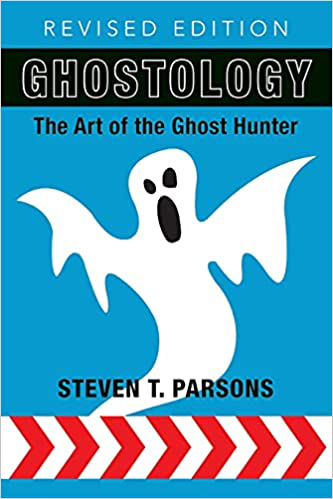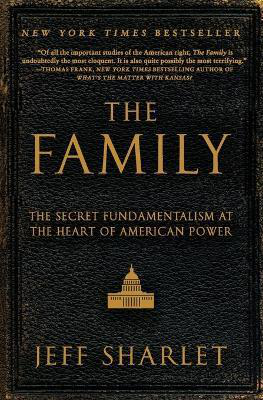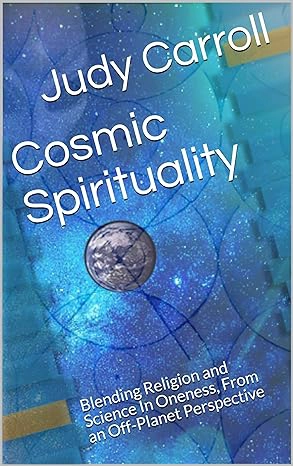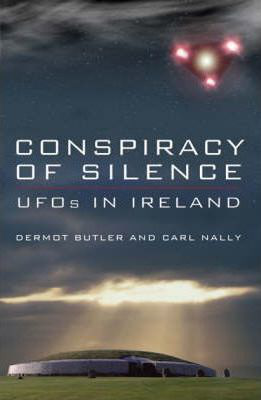Bealtaine, What Is May Day, Why Is It Celebrated?!
Mythology/Folklore/History
Wednesday 1st, May 2024
3 minute read.
On May 1st, communities across Ireland, Scotland, and the Isle of Man revive ancient rituals and traditions with the celebration of Bealtaine, marking the onset of the Celtic summer. The festival, deeply rooted in Celtic paganism but entwined with Christian customs, showcases a unique blend of cultural heritage that has persisted through centuries despite numerous challenges.
Bealtaine, one of the four major annual Celtic festivals alongside Samhain, Imbolc, and Lughnasa, traditionally signifies the return of light and warmth. It is widely observed not only in Celtic regions but also across Europe, where May Day festivities occur. The enduring customs and practices associated with Bealtaine reflect the ancient belief systems of our ancestors, who relied heavily on the calendar to guide agricultural activities.
Fire, a central element of the Bealtaine celebrations, symbolises the return of the sun after the harsh winter months. Historically, bonfires were lit to protect against evil spirits and to encourage growth. "The flames, smoke, and ashes were believed to have protective powers", notes the tradition, underscoring the ritual's significance in safeguarding cattle, crops, and community members during this pivotal time of the year.
In the 19th century, thatched cottages across the Irish countryside became focal points for Bealtaine rituals. Households extinguished all fires on May Day, ceremonially rekindling them with flames from communal Bealtaine bonfires. Such practices were steeped in the belief that fire carried the fortune of the home, and letting it leave the premises could result in losing the house's luck.
The intertwining of pagan and Christian elements during Bealtaine is particularly evident in the veneration of the Blessed Virgin Mary throughout May. Flowers, used to decorate homes and altars, are gathered as offerings, a practice reminiscent of pagan offerings to deities. "Yellow flowers, such as primroses and gorse, were seen as particularly potent against evil spirits", reflecting deep rooted beliefs in the protective and restorative powers of nature.
Water and dew collected on May Day were also considered to hold curative properties. Local holy wells, often visited during this time, became sites of spiritual significance, where people sought blessings and healing.
Despite the joyous celebrations, an undercurrent of caution persists, particularly concerning the protection against unseen malevolent forces. Traditions such as guarding wells on May Eve and spreading May flowers on doorsteps to ward off evil highlight the community's efforts to safeguard their wellbeing during this spiritually potent time.
As the modern age continues to evolve, the celebration of Bealtaine remains a poignant reminder of the seamless integration of Ireland's pagan past with its Christian present, preserving a heritage that continues to fascinate and influence to this day.
Bealtaine, one of the four major annual Celtic festivals alongside Samhain, Imbolc, and Lughnasa, traditionally signifies the return of light and warmth. It is widely observed not only in Celtic regions but also across Europe, where May Day festivities occur. The enduring customs and practices associated with Bealtaine reflect the ancient belief systems of our ancestors, who relied heavily on the calendar to guide agricultural activities.
Fire, a central element of the Bealtaine celebrations, symbolises the return of the sun after the harsh winter months. Historically, bonfires were lit to protect against evil spirits and to encourage growth. "The flames, smoke, and ashes were believed to have protective powers", notes the tradition, underscoring the ritual's significance in safeguarding cattle, crops, and community members during this pivotal time of the year.
In the 19th century, thatched cottages across the Irish countryside became focal points for Bealtaine rituals. Households extinguished all fires on May Day, ceremonially rekindling them with flames from communal Bealtaine bonfires. Such practices were steeped in the belief that fire carried the fortune of the home, and letting it leave the premises could result in losing the house's luck.
The intertwining of pagan and Christian elements during Bealtaine is particularly evident in the veneration of the Blessed Virgin Mary throughout May. Flowers, used to decorate homes and altars, are gathered as offerings, a practice reminiscent of pagan offerings to deities. "Yellow flowers, such as primroses and gorse, were seen as particularly potent against evil spirits", reflecting deep rooted beliefs in the protective and restorative powers of nature.
Water and dew collected on May Day were also considered to hold curative properties. Local holy wells, often visited during this time, became sites of spiritual significance, where people sought blessings and healing.
Despite the joyous celebrations, an undercurrent of caution persists, particularly concerning the protection against unseen malevolent forces. Traditions such as guarding wells on May Eve and spreading May flowers on doorsteps to ward off evil highlight the community's efforts to safeguard their wellbeing during this spiritually potent time.
As the modern age continues to evolve, the celebration of Bealtaine remains a poignant reminder of the seamless integration of Ireland's pagan past with its Christian present, preserving a heritage that continues to fascinate and influence to this day.



